Nissan's ProPilot Aims to Get Your Hands Off the Wheel, but Only Just

Will online videos soon emerge showing Nissan drivers taking naps or hopping into the backseat while underway? Maybe, but Nissan hasn’t been as cavalier as Tesla in playing up the abilities of its driver-assist technology. Now that an upgraded system that’s on par with General Motors’ Super Cruise and Tesla’s Autopilot is on the way, the automaker remains cautious.
ProPilot 2.0, as the name implies, is the next generation version of Nissan’s ProPilot Assist technology, and it differs from the first-gen system in one big way: drivers will be able to take their hands off the wheel.
Only under specific circumstances, Nissan warns. Like ProPilot 1.0, which debuted in the 2018 Rogue, the new system hosts an array of cameras and sensors (note: no LIDAR), a lane-centering system, and adaptive cruise control to keep the car on the straight and narrow. The 2.0 version ties the setup to the car’s navigation system, using GPS, high-definition mapping, and other nice things to allow for hands-free cruising — but only on a divided highway, and only after the driver inputs their chosen route.
Drivers must remain alert and ready to take over at a moment’s notice, Nissan says.
ProPilot 2.0 will not work on just any road or highway, the company claims. GPS keeps tabs on the vehicle’s location, allowing hands-free use only where Nissan deems the system safe. Nor will it make lane changes without the driver’s hands on the wheel. To change lanes, the driver must grasp the wheel, signal for the change, and the car waits until it finds an opening.
“When the vehicle approaches the highway exit of a predefined route, audio and visual guidance is given to notify the driver that navigated driving is about to end,” the company stated. “Once the vehicle reaches the highway exit ramp, navigated driving is disengaged and the driver takes full control of the vehicle.”
Contrast this with the free-for-all that was, and in some regards still is, Tesla’s Autopilot. Another key difference in Nissan’s approach? Like GM’s Super Cruise, a camera will monitor the driver for signs of inattentiveness.
One caveat to this story: Nissan has only announced ProPilot 2.0 for the Japanese market — specifically, the 2020 Skyline sedan, which American drivers might recognize as an Infiniti Q50. Surely, the new tech will make an appearance in the U.S.; we just don’t know when, and on which vehicles.
Since its debut, the first-gen ProPilot system has found its way into the Leaf, Rogue Sport, and Altima.
[Images: Nissan]

More by Steph Willems
Latest Car Reviews
Read moreLatest Product Reviews
Read moreRecent Comments
- 3-On-The-Tree My 2009 C6 corvette in black looks great when it’s all washed and waxed but after driving down my 1.3 mile long dirt road it’s a dust magnet. I like white because dust doesn’t how up easily. Both my current 2021 Tundra and previous 2014 Ford F-150 3.5L Ecobomb are white
- Bd2 Would be sweet on a Telluride.
- Luke42 When will they release a Gladiator 4xe?I don’t care what color it is, but I do care about being able to plug it in.
- Bd2 As I have posited here numerous times; the Hyundai Pony Coupe of 1974 was the most influential sports and, later on, supercar template. This Toyota is a prime example of Hyundai's primal influence upon the design industry. Just look at the years, 1976 > 1974, so the numbers bear Hyundai out and this Toyota is the copy.
- MaintenanceCosts Two of my four cars currently have tires that have remaining tread life but 2017 date codes. Time for a tire-stravaganza pretty soon.

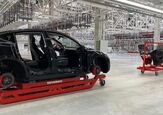
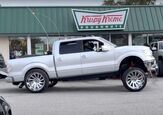

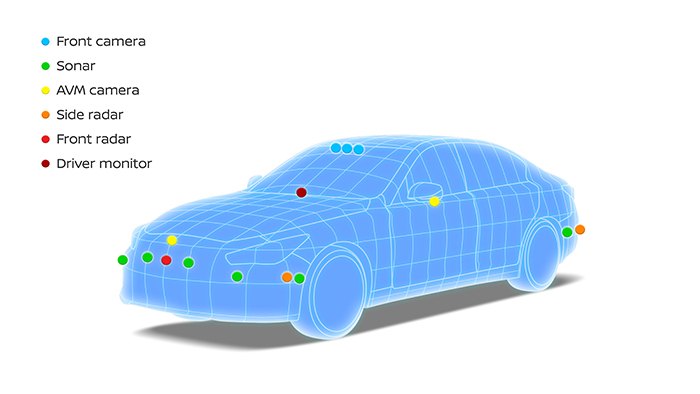












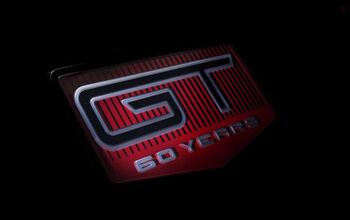


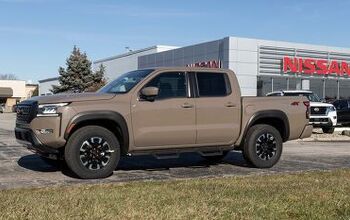
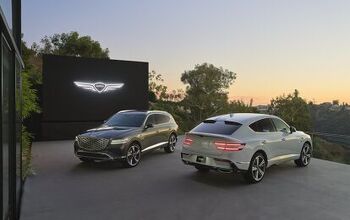
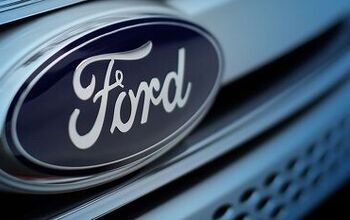

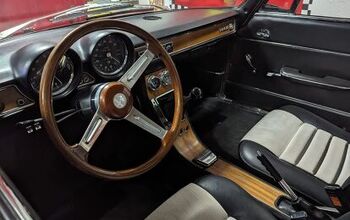
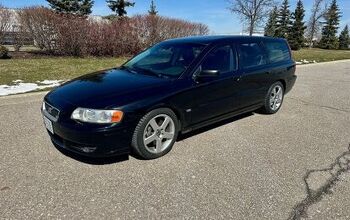
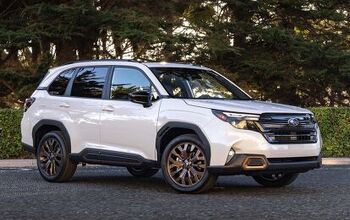
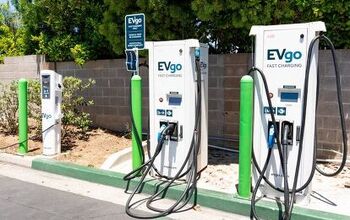



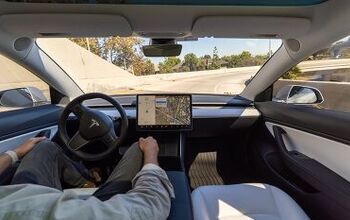
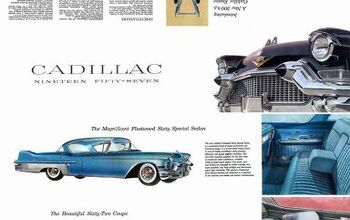


Comments
Join the conversation
I tried a Leaf with ProPilot. It works, but with an acceleration rate so gentle that instead of plowing into the obstacle like a Tesla you'll be rear-ended like a grandma.
“Drivers must remain alert and ready to take over at a moment’s notice, Nissan says.” Then what's the whole point?? This rush for "autonomous" vehicles is group madness.